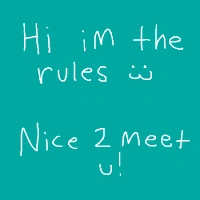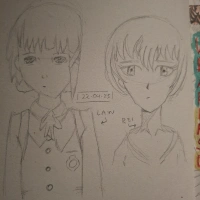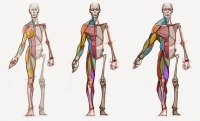- Press
Enter to submit and Shift+Enter to start a new line
- On mobile devices, you can also press the "done" button to submit
- Drag & drop or copy & paste files to upload
Download image – Shift+Click image
Quote post – Alt+Click post
Reply to latest (You) – Tab
Focus post form / Close dropdown – Escape
Mute/Unmute audio – Alt+M
Hide/Unhide video player – Alt+V
#coinflip – Coin flip
#d6 / #2d40 – Dice roll
#8ball – Magic 8-ball
#oracle – Magic oracle
#timer3:30 – Synchronized countdown timer
(Plus some easter eggs)
Click the infinity symbol icon in the top right to create and manage your own boards
Post issues, questions, and suggestions in
/meta/


